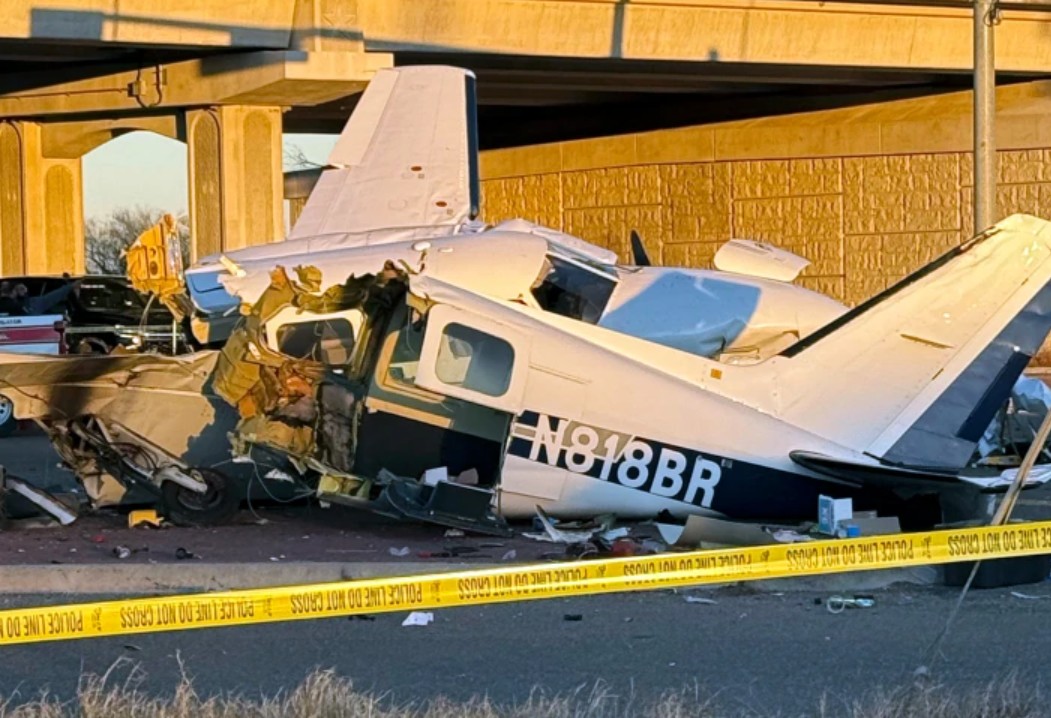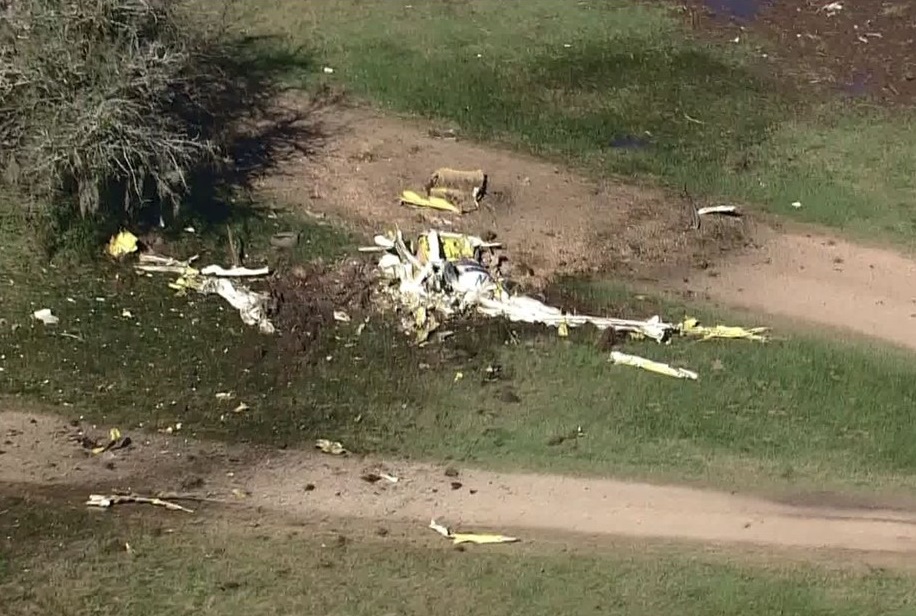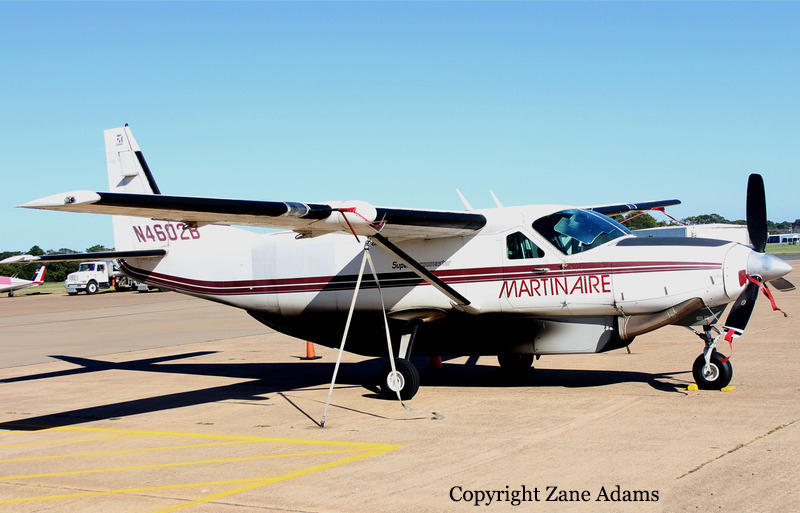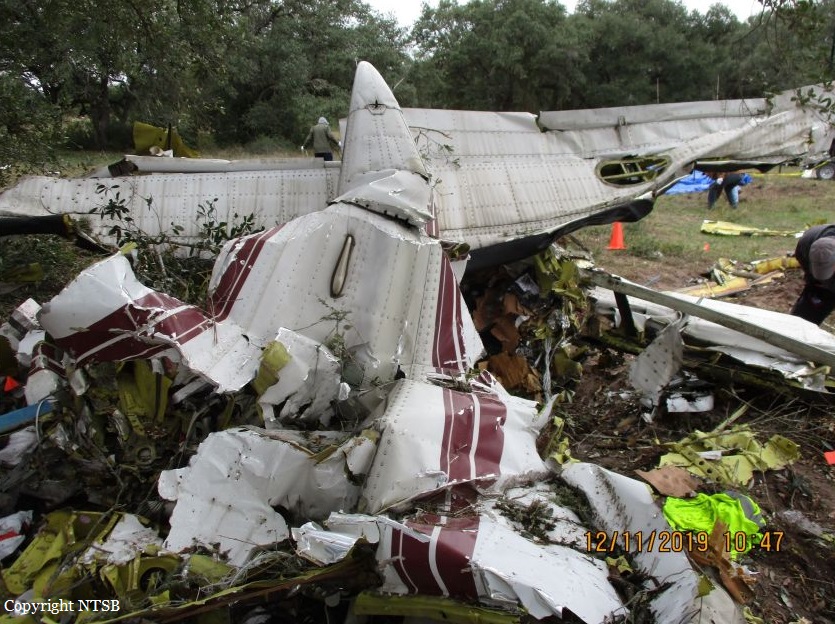Crash of a Piper PA-31-350 Navajo Chieftain in Victoria
Date & Time:
Dec 11, 2024 at 1459 LT
Registration:
N818BR
Survivors:
Yes
Schedule:
Victoria - Victoria
MSN:
31-8152102
YOM:
1981
Crew on board:
1
Crew fatalities:
Pax on board:
0
Pax fatalities:
Other fatalities:
Total fatalities:
0
Circumstances:
The pilot was engaged in a five-hour aerial photography mission. While returning to Victoria Airport, he encountered engine trouble and attempted an emergency landing when the airplane crashed on Mockingbird Lane and a feeder road to Zac Lentz Parkway, also known as State Highway Loop 463, Victoria, Texas. The aircraft was destroyed as well as several cars. The pilot and four people on the ground were injured, one seriously.


















